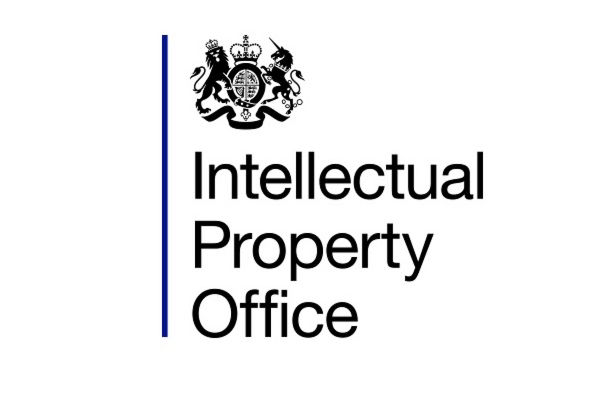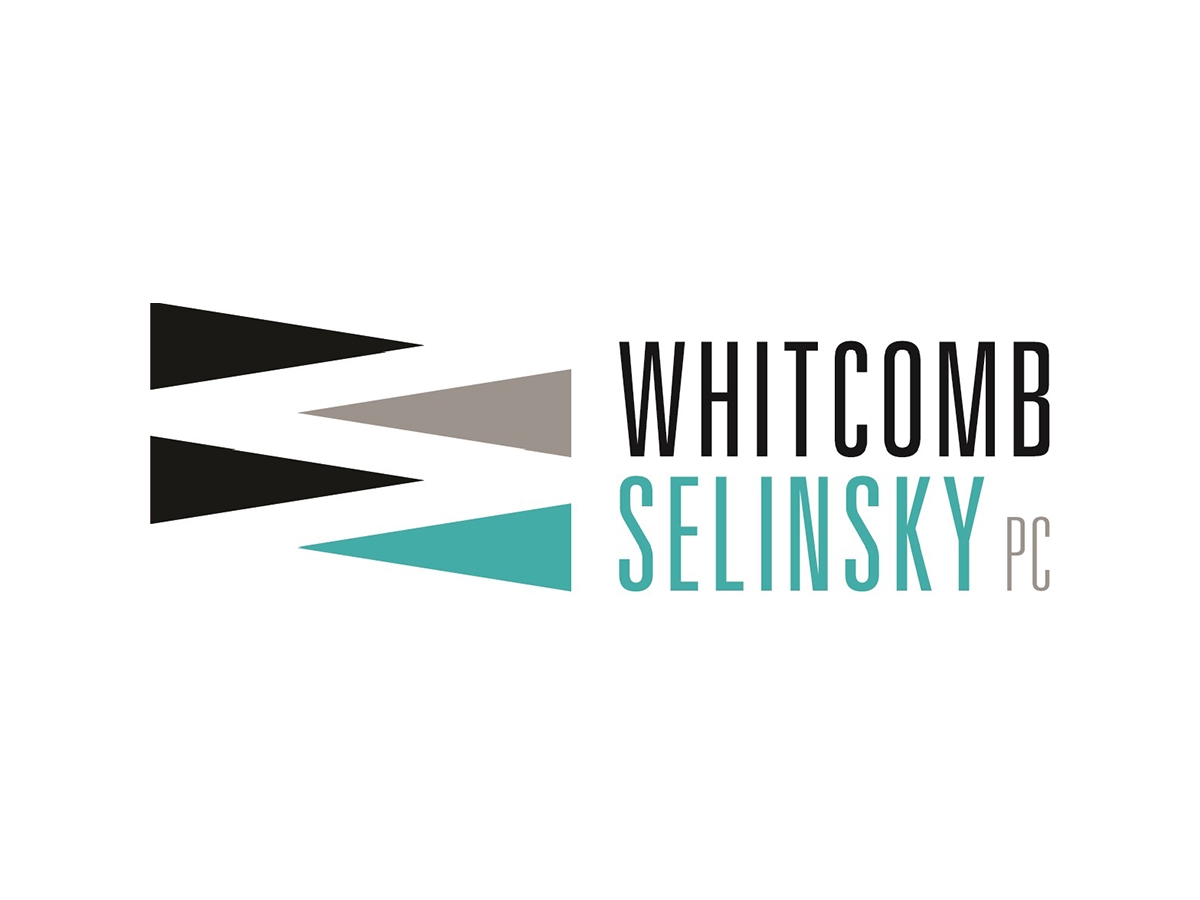Key U.S. District Court Cases with Implications for IP in the New Year
“All eyes in the IP world are typically focused on the Federal Circuit and Supreme Court, but these district court decisions shed valuable light on the directions the law may take as we head into 2024.”
Although the proceedings before federal district courts may not garner as much attention as those of the U.S. Court of appeals for the Federal Circuit or the Supreme Court, they can be an important proving ground for the decisions rendered by those courts. And 2023 was no exception to that rule. As discussed below, the Zogenix v. Apotex and Teva v. Eli Lilly decisions provide a glimpse into what litigants can expect in the aftermath of the GSK v. Teva and Amgen v. Sanofi decisions, respectively. These cases will have an especially significant impact on the life sciences industry, and watching how these decisions are applied by the district courts should be a priority for practitioners in this space.
In addition, perhaps because of the broad authority and discretion they wield, district court judges are often at the forefront of emerging areas of the law and thus have the potential to influence shifts in jurisprudence. For example, the Acceleration v. Activision decision should provide some comfort to those aiming to secure a reasonable royalty in the face of excluded expert testimony on damages. Further, the impact felt from District Courts is not limited to their decisions, as evidenced by Judge Connolly’s standing orders requiring heightened disclosures in cases involving non-practicing entities.
Skinny Label Bellwether
Zogenix, Inc. v. Apotex Inc., 21-1252, (D. Del. Sept. 8, 2023) is notable as the first decision to issue following the Supreme Court’s denial of certiorari in Teva Pharms. USA, Inc. v. GlaxoSmithKline, LLC, 22-37. In GSK v. Teva, the Federal Circuit held that Teva’s attempted section viii carve-out of an indication covered by a patented method of use was not “skinny” enough to avoid inducement, even though the label carved out the infringing use. Instead, the court found that Teva’s marketing, catalogs, and press releases, in conjunction with the carved- out label, supported a jury’s determination that Teva encouraged the infringing use. While GSK/Teva has raised concerns in the generic drug industry for the future of labeling carve-outs, the Zogenix decision has provided some hope that skinny labels remain a viable noninfringement strategy.
The new drug application (NDA) holder in Zogenix asserted induced infringement of method claims directed to a use that Apotex had carved out of its ANDA label. Magistrate Judge Fallon for the District of Delaware recommended that Zogenix’s complaint be dismissed, finding that Apotex had adequately carved out the claimed use where Apotex “removed all references” thereto, and “several sections of the ANDA label” specified that the instructions applied to an unclaimed use. Judge Andrews adopted Judge Fallon’s Report and Recommendation in its entirety. Although Judge Andrews merely cited GSK/Teva in his decision without any detailed discussion, Judge Fallon characterized the GSK/Teva holding as of “narrow scope.” The Zogenix decision demonstrates that GSK/Teva may not prove the skinny label “death-knell” that many had feared.
Enablement After Amgen
Teva Pharms. v. Eli Lilly & Co., 18-12029, (D. Mass. Sept. 26, 2023), is one of the first district court cases to substantively apply the Supreme Court’s Amgen v. Sanofi decision. In Amgen, the Supreme Court held that claims directed to 26 exemplary antibodies with identified amino acid sequences were enabled, whereas claims directed to a class of antibodies with unknown amino acid sequences were not. Like Amgen, Teva involves patents relating to antibodies, specifically a method for treating headache by using antibodies to block the binding function of a particular protein. Overturning the jury verdict by granting Lilly’s motion for judgment as a matter of law, Judge Burroughs for the District of Massachusetts found that the disclosure of a single species was insufficient to claim a large, functionally-defined genus of antibodies.
Judge Burroughs found the patents invalid both for lack of written description and for lack of enablement, deeming the Amgen decision “instructive” in his analysis of the latter. Specifically, the court held that the claims were not enabled where they did not identify an amino acid sequence or unique structure and a POSA could not predict whether a particular antibody would satisfy the method of treatment set forth in the claims based on those features. As a result, as in Amgen, a POSA would have to make and test a wide range of antibodies to identify potential candidates – a four-part process requiring “months and cost[ing] at least tens of thousands of dollars per antibody.” Although an appeal was recently filed with the Federal Circuit, as it stands, Teva reinforces the Amgen decision, although outcomes may vary in cases with less analogous facts.
Damaged Damages Doable
Acceleration Bay LLC v. Activision Blizzard Inc.,16-453 (D. Del. Mar. 22, 2023) addresses salvaging a reasonable royalty claim for trial when an expert’s opinions have been excluded. Acceleration has a somewhat convoluted history. The case was originally assigned to Judge Andrews, and the patentee, Acceleration, made multiple unsuccessful proffers of expert testimony on damages. Judge Andrews allowed Acceleration “a final opportunity to present [the court] with an admissible damages case,” including all of its theories and the evidence it planned to rely on in support thereof. Acceleration offered a new damages expert and three different reasonable royalty analyses. But Judge Andrews excluded the “cost-saving” approach because the damages expert relied on another expert who failed to provide a factual basis to conclude that the alleged infringement saved any costs. He also excluded the “revenue-based” and “user-based” approaches for failure to properly apportion the value of the patented features. Acceleration then notified the court of its intent to “present a fact-based damages case[.]” The case was stayed pending disposition of an appeal in a related case, whereupon it was reassigned to Judge Bryson of the Federal Circuit, sitting by designation in the District of Delaware.
Judge Bryson addressed two main issues: (1) whether Acceleration had waived its right to a reasonable royalty in view of Judge Andrews’ prior decision; and (2) the sufficiency of Acceleration’s remaining royalty evidence. He found that there was no waiver because Acceleration never conceded that it lacked an alternative damages case or expressly waived any damages theory. To be sure, Acceleration had waived its right to present an expert opinion supporting its theories, but the lack of expert testimony was “not itself a sufficient basis to award no damages” where infringement is found. Further, Acceleration could point to the existence of a license agreement as “strong evidence” of a non-zero reasonable royalty and the absence of countervailing evidence from Activision.
In addition, Judge Bryson grappled with whether the evidence Acceleration sought to rely on was legally sufficient to support a reasonable royalty award. Activision argued that Acceleration’s evidence would not allow the jury to properly apportion damages to compensate “only the value that the patented invention adds to the accused [product], and not any other features associated with [it].” Judge Bryson agreed that such apportionment was legally necessary and that the license agreement Acceleration relied on did not provide “built-in apportionment.” That license was exclusive and covered other forms of intellectual property – much different from the terms of a hypothetical negotiation that could form the basis of a reasonable royalty. Although Judge Bryson determined that a damages award based on the license royalty rate without additional apportionment was “highly unlikely to be supported” by Acceleration’s evidence, he found that “insufficient to justify an award of no damages at this stage[.]” Judge Bryson preferred to allow Acceleration to establish the appropriate level of apportionment through its evidence, which “strongly suggest[ed]” entitlement to non-zero damages. Although this case highlights the importance of guarding against inadvertent waiver, it principally demonstrates that courts are reluctant to deny litigants their statutory right to damages of “in no event less than a reasonable royalty.”
Connolly’s Crusade Continues
It was only about one year ago when Chief Judge Connolly of the District of Delaware issued an order in In re Nimitz explaining his earlier order that required disclosures from Nimitz due to concerns about the real parties in interest and compliance with the court’s standing orders on disclosure and third-party funding. Commenting that “[f]ederal courts are not star chambers,” Judge Connolly defended his orders as in line with other district courts’ practices and emphasized the important purposes served by requiring disclosure, such as determining standing and potential conflicts. Judge Connolly then outlined his “troubling” discovery of strange behavior across several cases to avoid disclosure of funders, concluding that “[t]he records sought [were] manifestly relevant to addressing the concerns” raised in his earlier order. Among Judge Connolly’s concerns were potential “fraud on the court” by conveyances to a shell corporation and fictitious filings with the PTO designed to avoid potential liability.
The Federal Circuit denied Nimitz’ requested mandamus relief, as well as its combined petition for panel rehearing and rehearing en banc. Judge Connolly’s investigation into Nimitz’ business practices has thus continued. But Nimitz is not the only one feeling the heat. Judge Connolly has sanctioned another NPE (or non-practicing entity) for refusing to show up in court.
Not everyone is following Judge Connolly’s lead, however. Judge Ezra of the Western District of Texas recently affirmed Magistrate Judge Gilliand’s order denying a motion to compel disclosure of third-party interests. Unsatisfied with the disclosure of only two third parties, the defendant there contended that further disclosure was “vital for assessing the existence of any potential conflicts of interest[.]” Unconvinced, Judge Ezra wrote that “[t]here is no legal requirement in the Western District of Texas to require full disclosure” of all third-party litigation funders. For now, it seems that Judge Connolly’s more aggressive disclosure practices remain confined to his own courtroom.
Even so, Judge Connolly’s inquisition is proving to have teeth, as revealed in a lengthy order issued on November 27. In his order, Judge Connolly requested that the DOJ and the PTO investigate the Texas attorneys behind the patent litigation funding entity IP Edge and its affiliate Mavexar. Judge Connolly also requested that the Texas Bar and the Texas Supreme Court investigate multiple IP Edge lawyers. Judge Connolly concluded that plaintiffs’ counsel “violated numerous rules of professional conduct,” IP Edge lawyers “engaged in the unauthorized practice of law in Texas,” and real parties in interest, including, surprisingly, the French government, “were not disclosed to the PTO, defendants, or the Court,” noting that the latter two offenses bore criminal penalties. Whether the DOJ, PTO, Texas Bar or Texas Supreme Court take any action in response to Judge Connolly’s requests remains to be seen, but for NPEs anxiously watching this situation unfold over the last year, his recent order was likely followed by a collective gulp.
Takeaways from the District Courts in 2023
Although all eyes in the IP world are typically focused on the Federal Circuit and Supreme Court, these district court decisions shed valuable light on the directions the law may take as we head into 2024. Litigators would be well advised to continually monitor for developments that could potentially affect their practices and clients.
Image Source: Deposit Photos
Author: PixelsAway
Image ID: 692122276






